Well, every day, we are getting personalized recommendations and customized reminders from several B2C companies – but most B2Bs don’t seem to give it much thought. (No wonder why most B2B start-ups fail to become word of mouth!)
For example, tailored recommendations from Netflix, great contact center support from Discover, and innovative tech solutions from Apple.
What B2B companies don’t realize is that B2B buyers are made of flesh and blood, too, like the B2C buyers. Thus, B2C buyers, B2B buyers may want a personalized customer experience, too, led by better convenience.
Though many B2Bs thought of customer experience as a great priority – their thoughts didn’t match their words until the pandemic hit. We see a change in the tide as far as customer experience is concerned in a B2B.
Customer Experience or CX is nothing but a customer’s perception regarding the brand or the company. According to the statistics, 86% of consumers would pay more for a good customer experience. So, now you know what a difference it makes.
It all begins when someone hears about your company for the first time and decides to interact. Combining the services imparted by your sales, marketing, and support team – sums up the whole customer experience.
For example, while the user interface is a part of the customer experience, it’s not the only factor contributing to the experience.
To ensure a seamless customer experience in a B2B, you certainly don’t need to pull crazy stunts; playing it smart and understanding the customers’ mindset makes everything fall into place.

With the Covid-19 pandemic, 2021 has changed the way B2Bs used to perceive customer experience. B2Bs have finally shifted their focus from robotic funnels to practical, real-life customer experiences.
Customers no longer base their loyalty on price or product. Instead, they stay loyal to companies due to the experience they receive. If you cannot keep up with their increasing demands, your customers will leave you.
According to a recent study by the Temkin Group, companies that earn $1 billion annually can expect to earn, on average, an additional $700 million within three years of investing in customer experience.
For example, 49% of buyers have made impulse purchases after receiving a more personalized experience.
And,
For example, 54 percent of people expect to receive a personalized discount within 24 hours of identifying themselves, and 32 percent expect a discount after just one hour.
No business can survive without buyers, and if you want too many of them – it is time to revamp your customer experience strategy.
If you’re in a B2B, you would know that there’s nothing better than a happy customer. The happier your customers are, the better your chances of increasing revenue will be as those customers will hardly choose anybody over you.
According to a study, the upselling statistics of the business grew by 32%. When your customers are getting the experience they desire from your company, they stay.
If you ensure a better customer experience for all their purchases from the beginning, they will surely consider purchasing more from you than anyone else.
You know what it takes to convert a prospect into a lead in a B2B, right? And, it’s not at all easy. So, investing your every bit of effort to keep them to you will surely pay off. However, ensuring the best customer experience for them is like a cherry on the cake.
According to a study, investing in better CX can upscale your customer retention by 42%. Instead of diverting all your focus to acquire new customers, focus on keeping the existing ones. The chances of getting an increased revenue are more in the existing customers than in the new ones.
No matter how cheap a price you are offering or how your customer service team helps – if the customer doesn’t bag an awesome experience, he/she will probably not return to you anytime soon.
Even though we live in a world of technology, word of mouth is still more capable of convincing an individual than any exciting feature or offer. According to a study, 23% of customers with a positive experience told at least ten people about it.
If you give a customer a good experience, they will surely tell others about that. So, you are, in a way, multiplying your customers and increasing your revenue at the same time.
Going by the statistics, 88% of consumers trust online reviews from strangers, and 92% of them are more likely to believe suggestions from friends and family than ads. So, consider word of mouth as your best friend when it comes to customer experience.
Nowadays, everyone is offering top-notch services, including great customer service. So, how to make yourself stand out from the crowd? Well, you can, by ensuring that your customer experience is top-notch.
Once a customer is satisfied with your service, they will tell others about it – thus bringing in more customers. So, by investing little in upscaling the customer experience, you’re gaining scopes of better lead generation.
A slight touch of personalization can take you a long way. For example, promoting an offer with the name of the particular customer or giving discounts on the products your customers search for the most can help to aid a better customer experience.
Once you give personalized offers and discounts on certain products they want to purchase, your customers are bound to shop much more than expected.

Did you know that 71% of companies that exceed their revenue and lead goals use buyer personas? To make your company stand out among all, you first need to understand your customers’ pain points.
So, we suggest, take your time and assess your customers’ pain points thoroughly. If you understand what your customers want and need to elevate their career growth, you can only convert their interest into your brand loyalty.

To build a great team that can impart top-notch customer experience, you need to choose the right individuals. By combining each individual’s knowledge, skills, and influence, you can surely develop the prospectus of an ideal team.
Behind a great customer experience, there is a strong team that helps to impart it. The teams need to work together to establish a great CX vision and experience goals that align with business goals and are feasible within the existing technology platform.

Invespro says, “Chatbots can save up to 30% in customer support costs and can help businesses by speeding up response time and answering up to 80% FAQs”.
As a result of artificial intelligence, Chatbots can help businesses dramatically enhance their customer experience and achieve faster growth. Instead of hiring a human, you can keep chatbots ready at your customer’s disposal.
Even if humans can make certain manual errors, a programmed chatbot can never ensure a great customer experience.
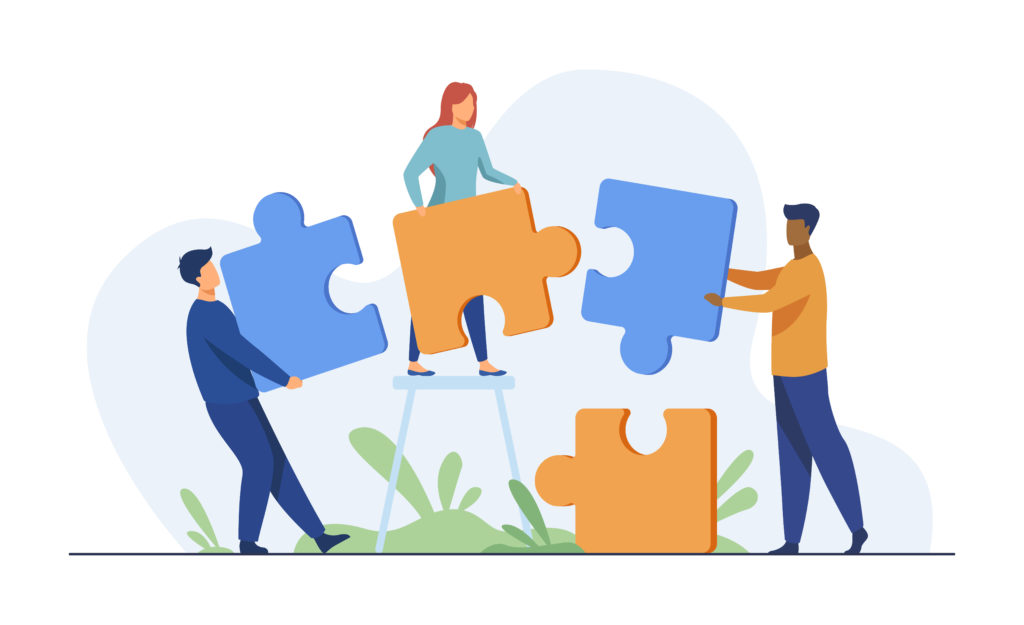
Without investing in some great tools and system updates, it is hardly possible for your company to stand out and make a difference. Choosing and implementing the right tools is important to encourage customers to have greater interaction with your brand.
If your focus is to increase the customer experience, you need to choose such digital tools that would not only engage your customers but also add value to them.
For example, coming up with a virtual spinning wheel for your customers. Your customers can have fun while spinning it and testing their luck. Once it stops, each customer reveals some discounts or offers on certain purchases.

Before you even begin investing in anything, you need to figure out what values and ethics your company stands for. 86% of the buyers tend to go for a company that doesn’t offer against their values and ethics.
Customers have come a long way from being attracted by cheaper price tags and discount coupons. Now, every customer looks in-depth and assesses the brand values before anything else.

If you don’t know what your customers think about your brand, you’re probably making mistakes. In a space like B2B, critical feedback by customers is important to make a difference in your efforts.
The key objective of every business is to please customers, satisfy their needs, and eventually keep them loyal to your brand. And, you can only fulfill their expectations if you know their problems and wants thoroughly.
Thus, asking your customers for feedback plays a vital role in ensuring the best experience for your customers. And, if you are already considering customer experience, then feedback might help you improve.

Did you know that 21% of companies have developed their own KPIs to track customer experience? It is critical to measure CX systematically, comprehensively, and efficiently by using the right metrics in the customer journey.
It is very important to measure the customer metrics of every business. Besides, the metrics also help you understand how well your business performs and customers’ perception of your products and services.
Almost 80% of B2B buyers now expect the same buying experience as B2C customers. Though previously B2Bs were not much into the concept of customer experience, the scenario has now changed quite a bit recently. Forrester predicts that B2B firms will move away from “just selling” and instead focus on customer experience management.
Almost 79% of employees in CX leading companies are engaged, compared with 49% in the companies whose CX is below average. Though many businesses are taking part in the customer experience game, they fail to understand that it’s a marathon, not a sprint.
It requires thoroughly planned preparation, a long-term view and needs everyone to be on board.
If you want to bring the voice of the customer into your organization, recruit a cross-functional team and consistently work on understanding your customers’ needs.
Omnichannel offers a personalized experience for the customers across all channels and devices. However, the main goal is to make the customer journey as easy as possible, and it is quite a trend as far as customer experience is concerned.
Forrester says, “In most cases, B2B buyers research online even if buying offline later. […] At the same time, online channels are beginning to overtake more traditional buying channels.”
Omnichannel doesn’t mean “to exist in all possible online channels.” It’s much more than that. Digital is just another channel to the customer. A truly customer-centric approach embraces the customer at all phases throughout their journey.
When it comes to the ongoing B2B trends, the voice of the customer tends to stand out. It is nothing but the customers’ feedback about their experiences and expectations for your products or services.
If your business doesn’t have ample VoC, it’s high time you start pitching in push notifications and feedback pop-ups. The better the reviews and feedback on your product, the more purchasers you will gain.
It is only with the help of good communication that you can ensure a great customer experience for your customers. The better your communications will be, the more positive will be your brand image and reputation.
The difference regarding B2B organizations is that you are communicating both “business-to-business” and “individual-to-individual” all at once. It is worth noting that many B2B relationships are strong due to their longevity and recurring sales and interactions.
Who doesn’t like to be the special one? Everyone. So do your customers. And the best way to pamper your customers is by offering them personalized services. Gartner predicted that by 2018, B2B companies with e-commerce personalization would outsell competitors, who were not providing a personalized experience by 30%.
In the competitive B2B market, where the sales cycle is much longer and usually involves direct communication, the customer experience should be personalized as much as possible.

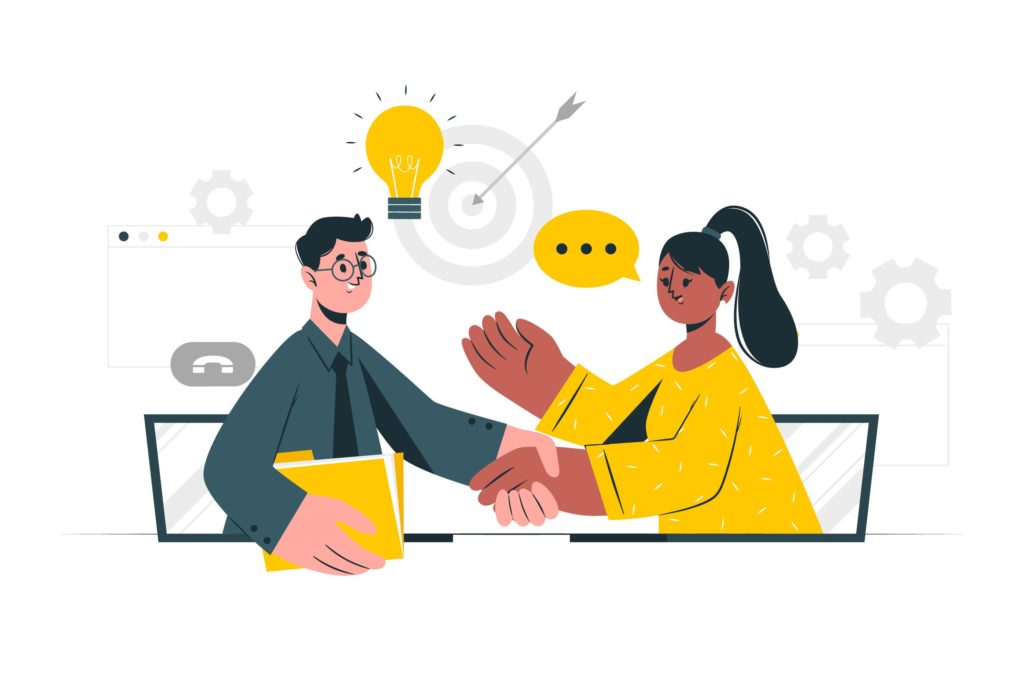
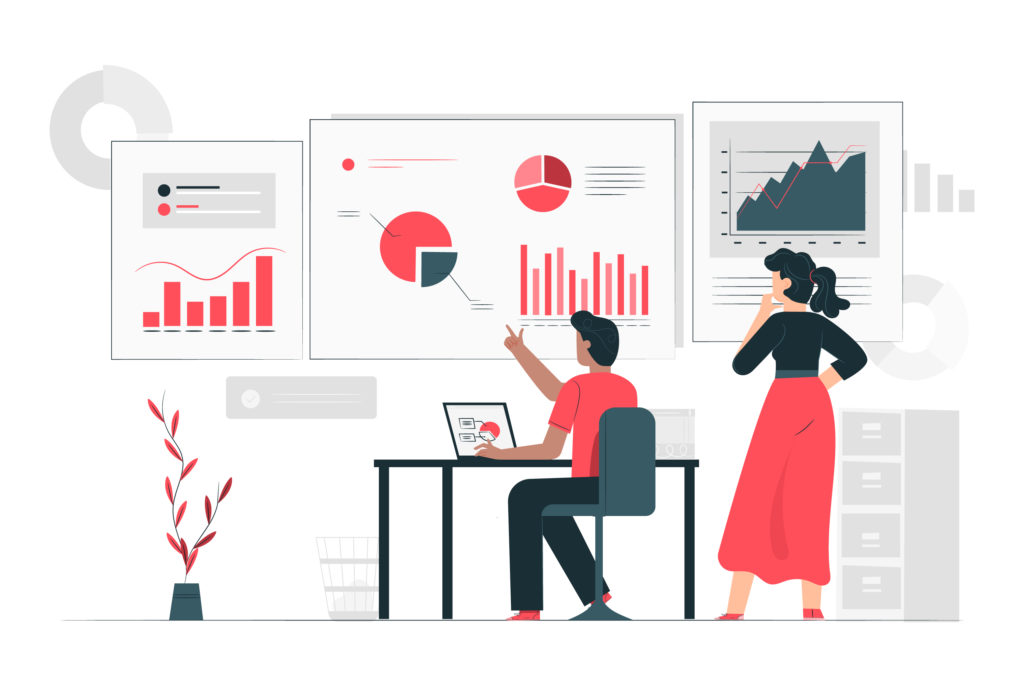

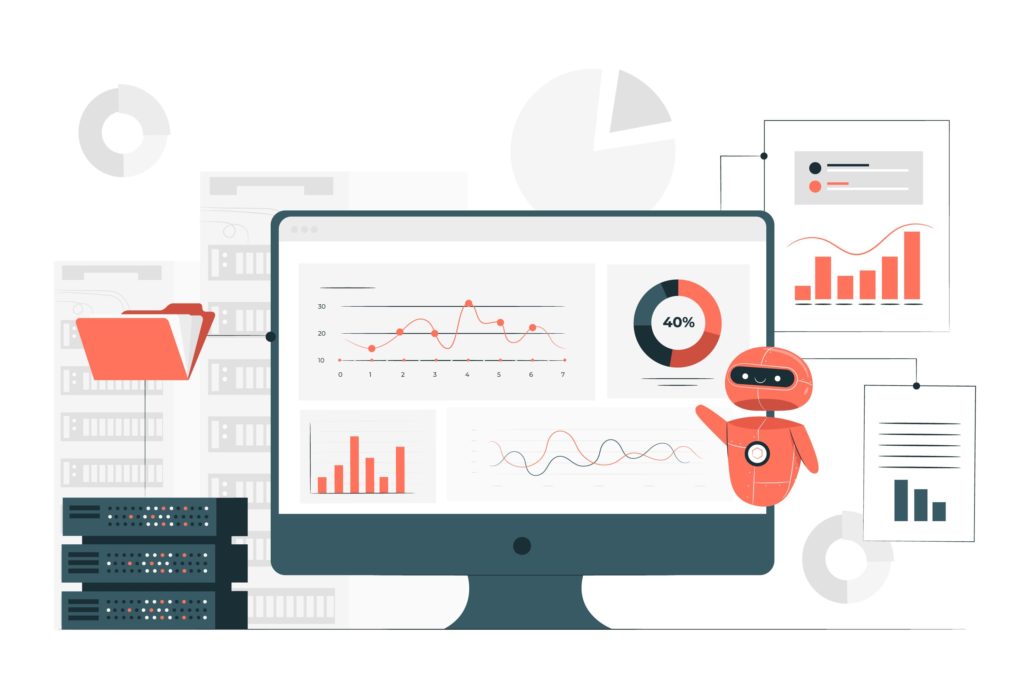
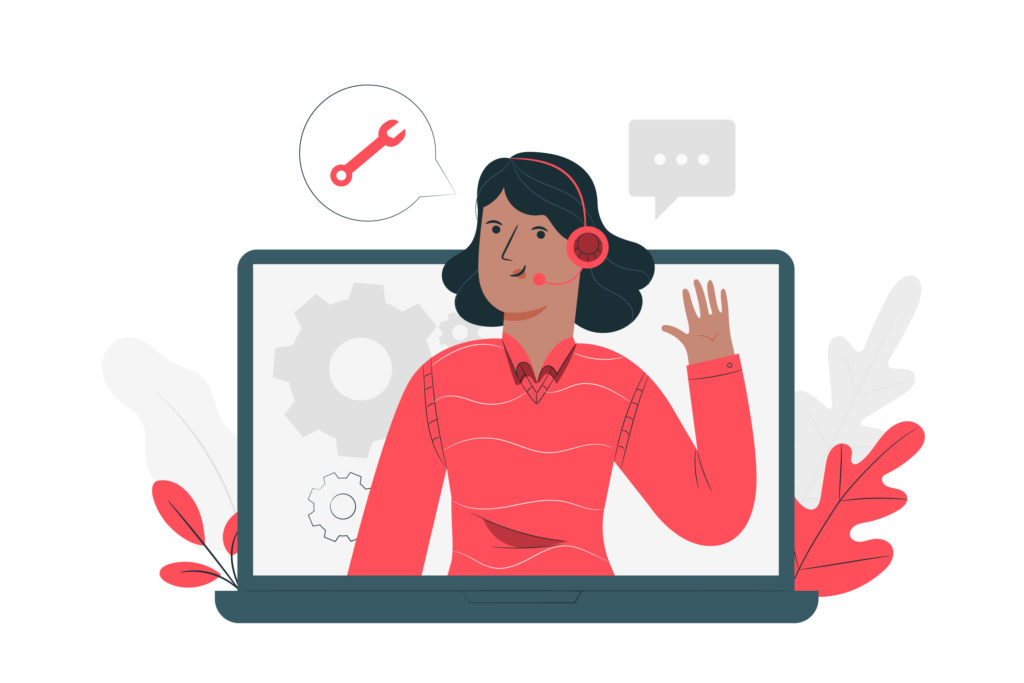
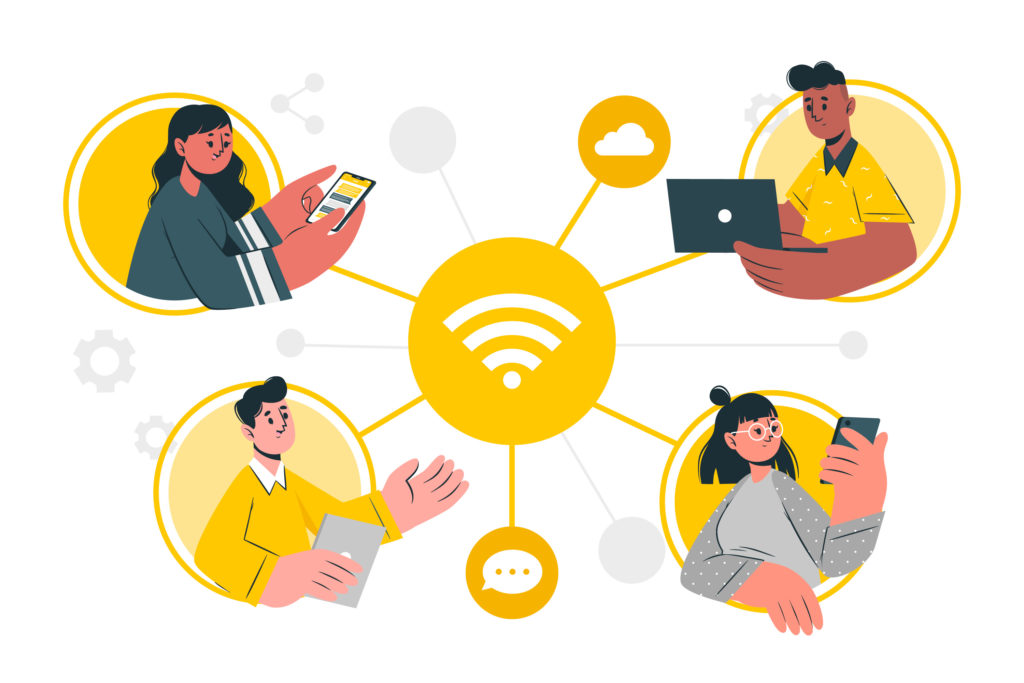
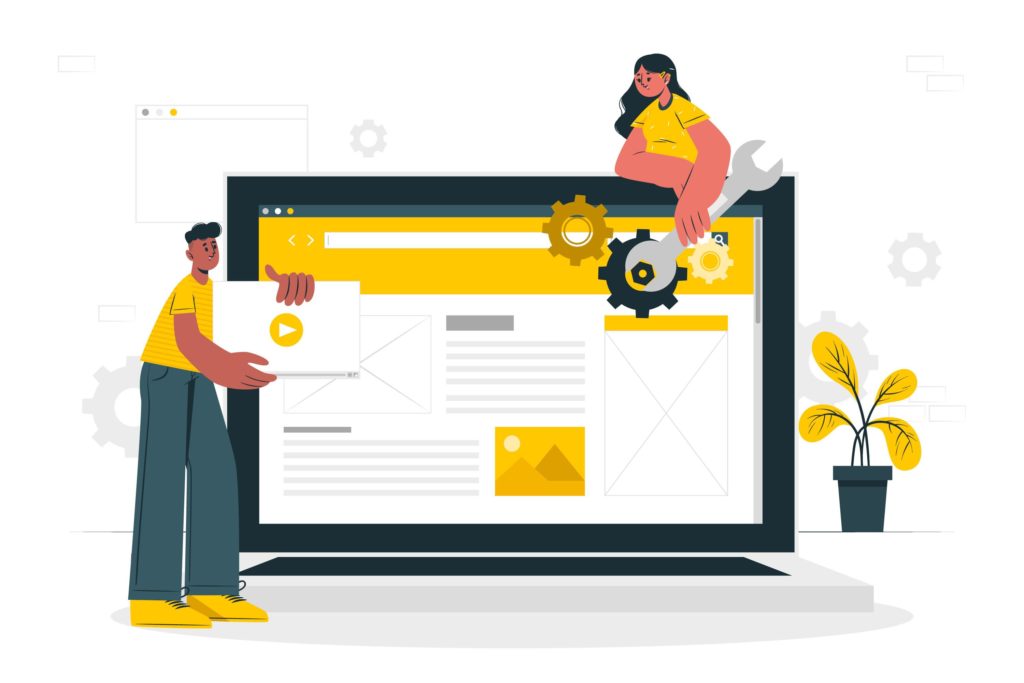
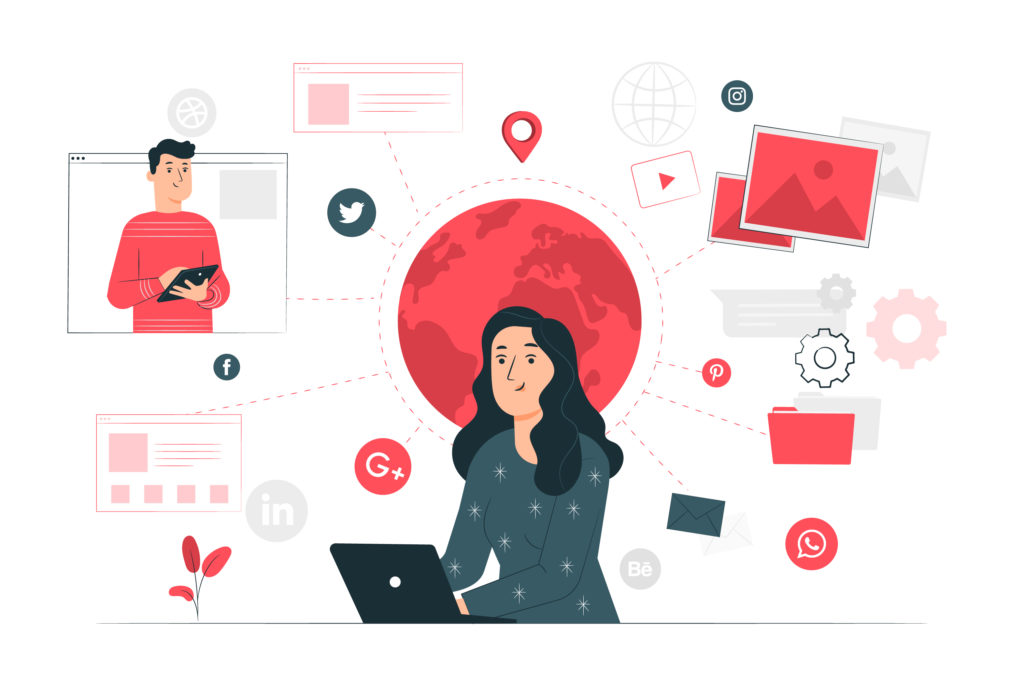
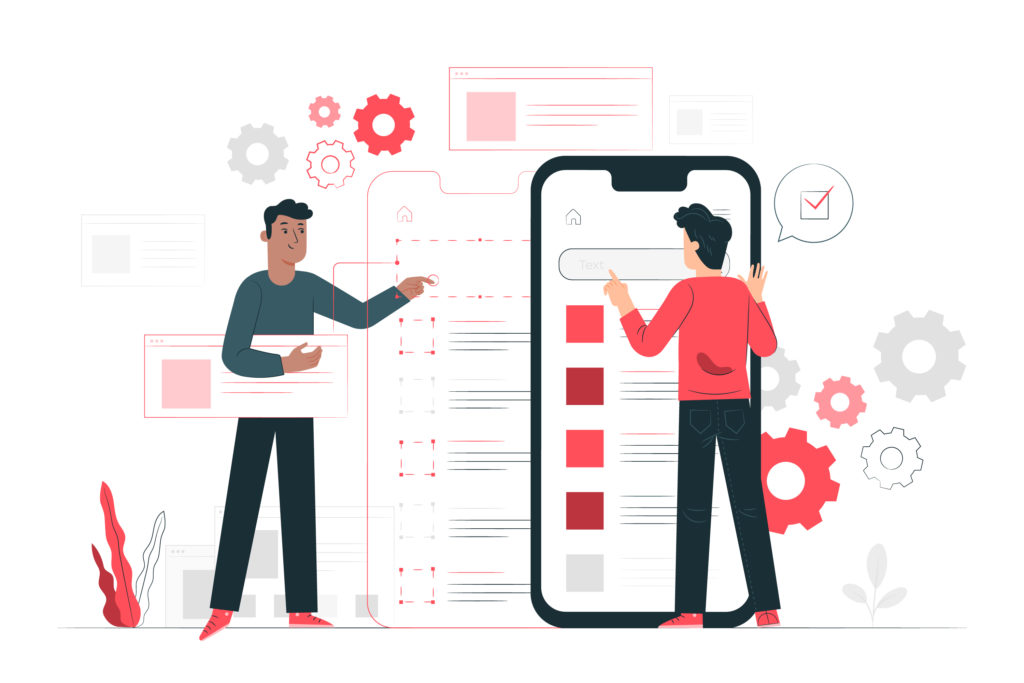
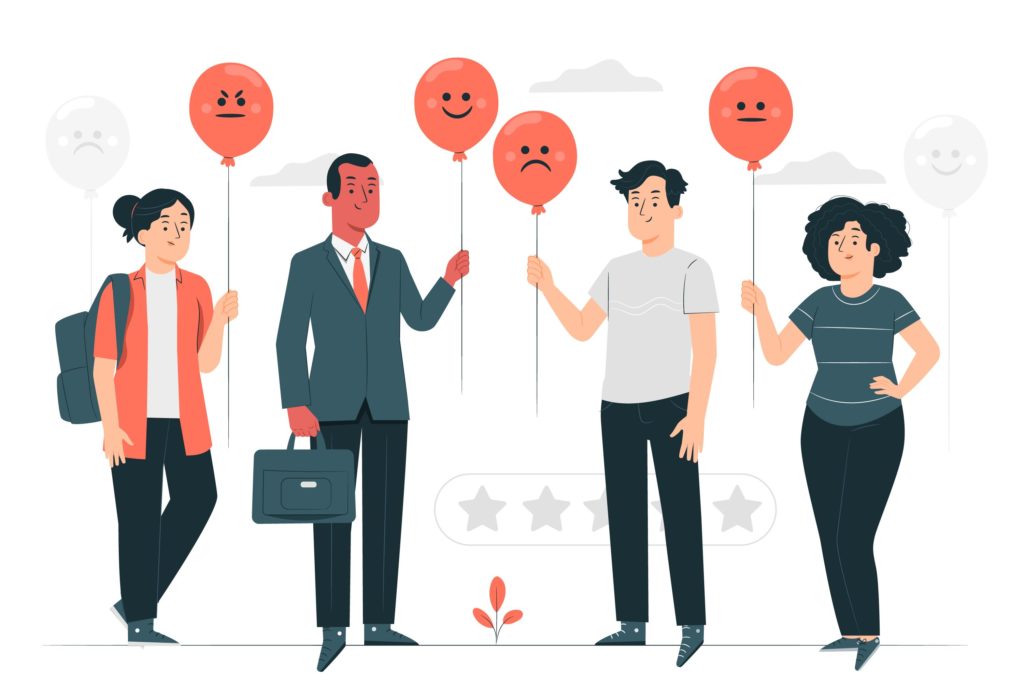



Read more about Customer Experience Softwares here: https://limecall.com/lead-nuturing/7-software-for-improving-customer-experience/
With that, we have told you all about imparting a seamless customer experience in a B2B. The foundation of b2b customer experience excellence is a commitment to putting the customer at the core of what the company does, how it does it, and why it does it. As less than half of the b2b firms are not concerned about delivering a seamless customer experience yet, there are high chances for you to be ahead of the game.
, October 7, 2021, Team LimeCall

Top rated callback automation platform that connects your website visitors to your team within 20 seconds through phone callback and whatsapp driving upto 40% more conversions.
Learn more